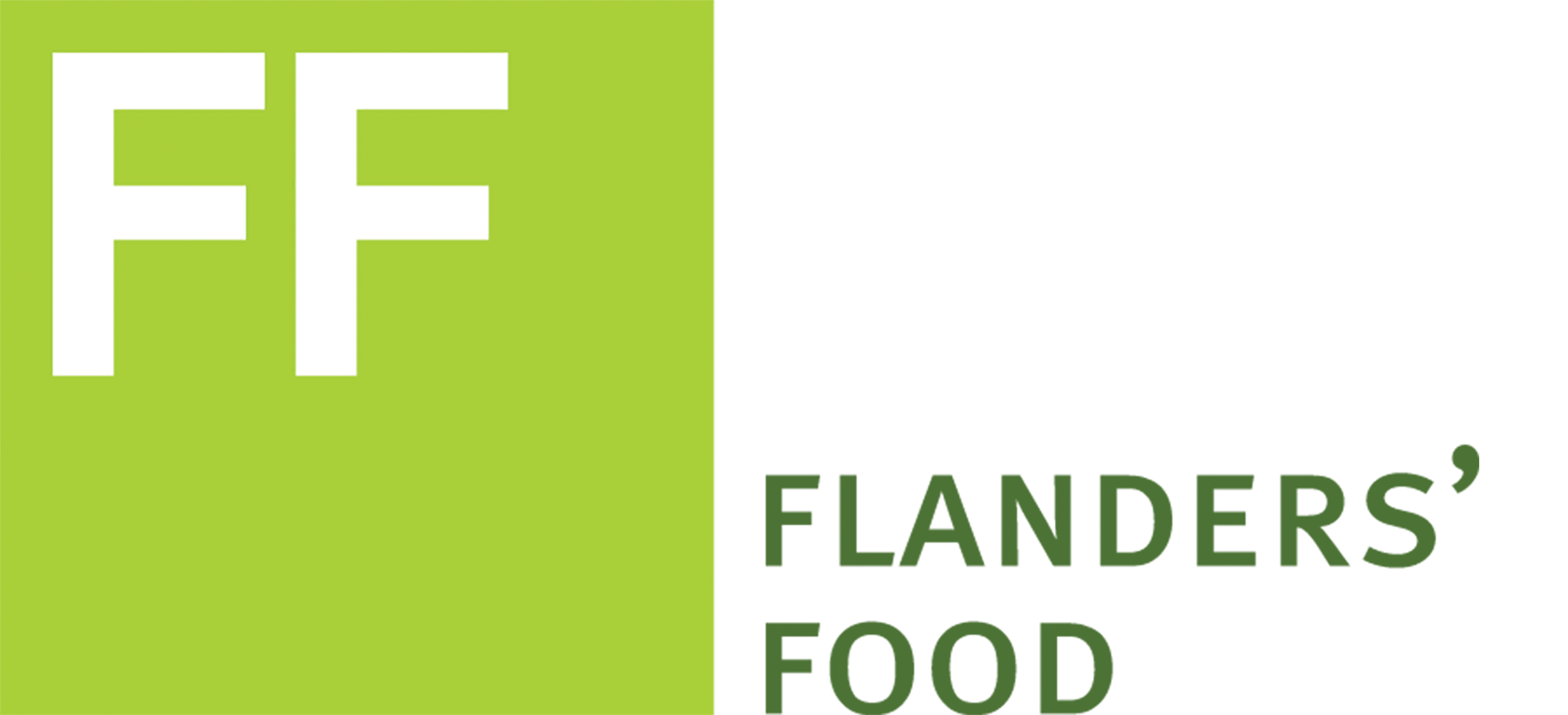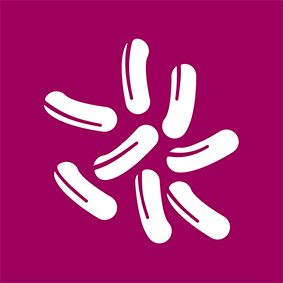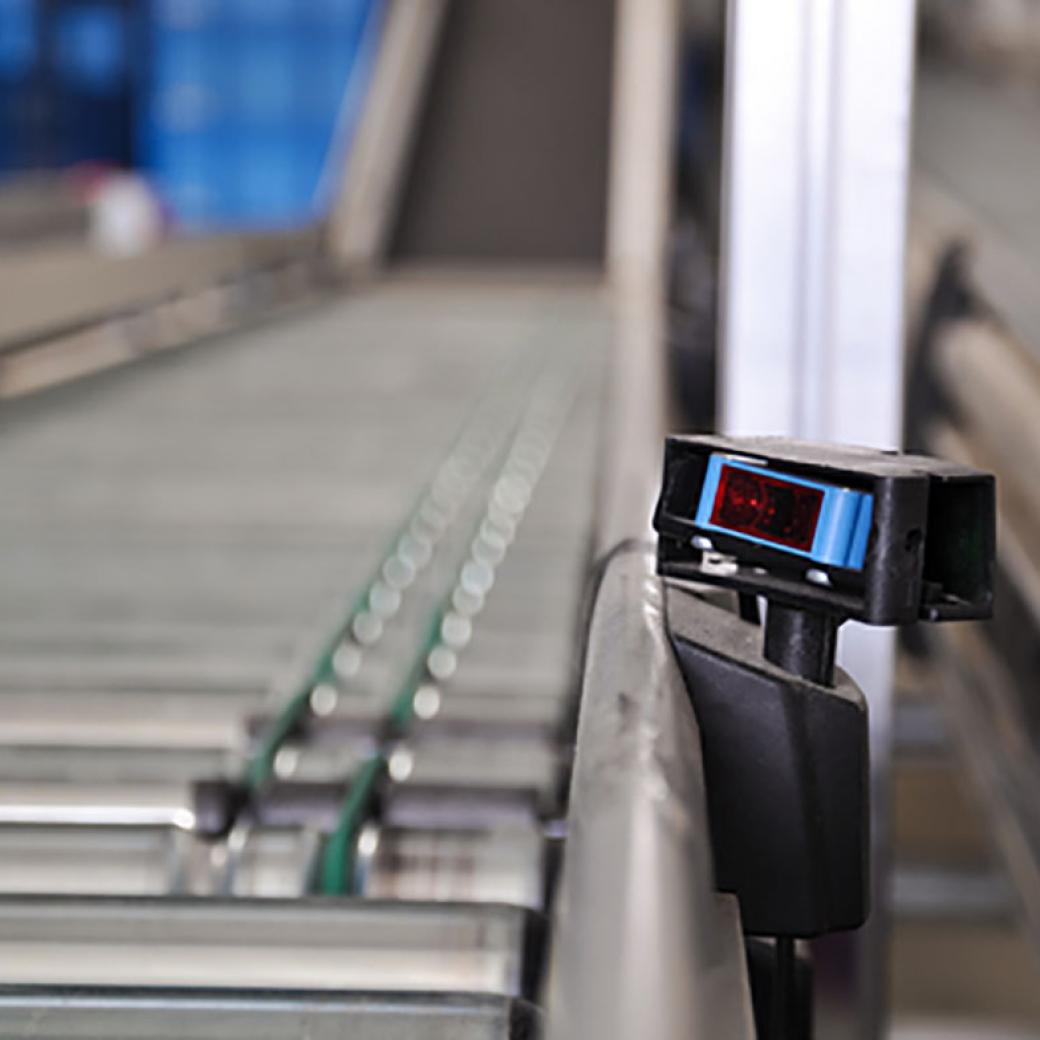BotulinSafe

Non-toxic Clostridium botulinum strains and their contribution to product and process innovations
Why this project?
Consumers' increasing demand for clean label products also applies to ready meals. By consequence, food companies are continuously investing in innovations regarding preservatives and the (milder) treatment of food products. For example, in the meat industry the focus is on replacing nitrate additives (e.g. E 250) and its precursor nitrate (e.g. E 251) due to growing concerns regarding the health aspects of nitrite.
These trends in food product formulation and treatment may involve risks for food safety. In particular Clostridium botulinum deserves particular attention as it is probably the most important pathogenic spore-forming bacteria that must be kept under control in such products. On the one hand, this is because nitrite has a performant inhibiting effect against this organism (EFSA 2003: 50-150 mg/kg nitrite is essential) and, on the other hand, because there are psychrotrophic strains of this organism that are of great concern regarding foodstuffs that must be refrigerated.
Suitable product and process adaptations are thus needed to keep C. botulinum under control. 'Label friendly’ alternatives must be identified that exhibit anticlostridial activity when replacing nitrate and nitrite. In terms of processing, optimal process parameters in combination with supplementary product conditioning (pH, aw, temperature, organic acids, packaging atmosphere) must be examined.
Challenge tests are essential for assessing these adaptations for their effectiveness against C. botulinum. However, this is not so obvious. The classic challenge tests for C. botulinum require exceptional safety measures, specific (anaerobic) growth conditions and specialised personnel. Moreover, there is no selective culture medium for C. botulinum, which is not beneficial to plate counts because the target cells are difficult to differentiate from background microbiota. All of this decreases the applicability of these classic tests. A solution to this challenge could be provided by surrogate strains, being non-toxic bacteria that are representative for toxic C. botulinum.
Research approach
BotulinSafe was a collective research project (type VIS-CO) aimed to provide and use non-toxic C. botulinum surrogate strains with the objective of:
- Developing easily accessible challenge tests for C. botulinum for four nitrate/nitrite-free model product types
- Screening and validating ‘label friendly’ alternatives for nitrate/nitrite, displaying anticlostridial activity
- Determining process intensity parameters in combination with conditioning conditions and assessing their impact on the control of C. botulinum per model product type
- Translating the project results for implementation into industrial practice.
The research plan had the following specific objectives:
- Isolation and characterisation of non-toxic strains (surrogates) that represent the diversity of C. botulinum,
- Introduction of markers into the genome of various, representative surrogate strains, enabling selective platecounting and thus allowing specific microbial counts for C. botulinum
- Providing proof of concept for the applicability of marked C. botulinum surrogate strain cocktails for challenge studies and for assessment of anticlostridial strategies in model food products
- Validating the anticlostridial activity of natural antimicrobial substances
- Validating the anticlostridial activity and technological implementation of coagulase-negative Staphylococcus (CNS) anticlostridial strains as starter cultures in fermented meat products
- Providing an innovation forum aimed at further exploring the applications of these non-toxic surrogate strains
Target group and expected results
The project was, in the first place, geared towards meat processers and ready-made meal producers with a positive attitude towards innovation and/or with export towards countries with strict regulations regarding C. botulinum-related food safety risks. In addition, the results provided added value for ingredient suppliers and commercial analytical laboratories.
In the project, twenty-two non-toxic group I (proteolytic) and sixteen non-toxic group II (non-proteolytic) Clostridium botulinum strains were isolated from samples from various food and environmental sources. This collection was supplemented with sixteen non-toxic strains from public and scientific culture collections. Their complete genome was sequenced (via Whole Genome Sequencing, WGS). Based on genomic and phenotypic relatedness to toxic Clostridium botulinum strains, six group I and five group II non-toxic strains were selected to formulate strain cocktails acting as surrogate for toxic Clostridium botulinum. The selected strains were then 'tagged' with an erythromycin resistance gene. Together with their natural resistance to cycloserine and gentamicin, this allowed to monitor their growth selectively (i.e. in the presence of background microbiota) and quantitatively in a classical way with antibiotic-containing counting plates.
As a demonstration of a first application of these surrogate strains, they were employed in in vitro testing of natural heat-resistant antimicrobial components for possible anticlostridiality. Five of the nine components screened were identified as anticlostridial (based on their low MIC values). Applied in real food matrices, however, their anticlostridial activities were found to be much lower, due to interference/interaction with food matrices. Furthermore, negative flavour effects were of concern.
A second demonstrated application of the surrogate strains concerned their use for identifying coagulase-negative staphylococci (CNS) with anticlostridial activity. Screening of a collection of three hundred and thirty-two CNS strains yielded one strain (Mammaliicoccus sciuri IMDO-S72) that proved capable of inhibiting the growth of all C. botulinum strains tested. Further investigation showed that this strain produced the bacteriocin 'micrococcin P1'. In challenge tests in which group I C. botulinum surrogate strains were used in a nitrate- and nitrite-free fermented sausage preparation process, with Mammaliicoccus sciuri IMDO-S72 (whether or not together with Latilactobacillus sakei) as starter culture, no antagonistic activity could be scored. This because of limited outgrowth of C. botulinum under any of the preparation scenarios tested, even in the absence of acidification.
As a third application, the use of surrogate strains for C. botulinum challenge tests (provocation tests) of food products was investigated. In these tests, inoculation was always done with spores and on/in the preparation of nitrate/nitrite-free food products. However, in conditions and on products where, in the course of the shelf-life tests, growth occurred with group II C. botulinum surrogate strains, spore germination on the selective count plates (during microbial analysis) was found to be inhibited to some extent. This led to the conclusion that the developed challenge test strategy for group II C. botulinum does not result in quantitatively reliable results. An evaluation test by a commercial analytical laboratory provided some recommendations to bring the protocol for challenge testing closer to practical application.
The project yielded 4 Flanders' FOOD Radar articles, 4 publications in scientific journals and 2 PhDs
Project partners
Flanders’ FOOD manages and coordinates the project.
Responsibility for the execution:
- The research group for Food and Microbial Technology from KU Leuven, under the supervision of Prof. Chris Michiels
- The research group for Industrial Microbiology and Food Biotechnology from VUB, under the supervision of Prof. Frédéric Leroy
- The research group for Technology and Quality of Animal Products from KU Leuven, under the supervision of Prof. Ilse Fraeye
- The research group for Food Microbiology and Preservation from Ghent University, under the supervision of Prof. Frank Devlieghere
Interested in project results?
The project ran from 1 April 2018 to 30 June 2022. Subject to payment, project results can be requested. For more info, please contact the project manager.
Articles

From apple tree to innovation: meet B3ET







